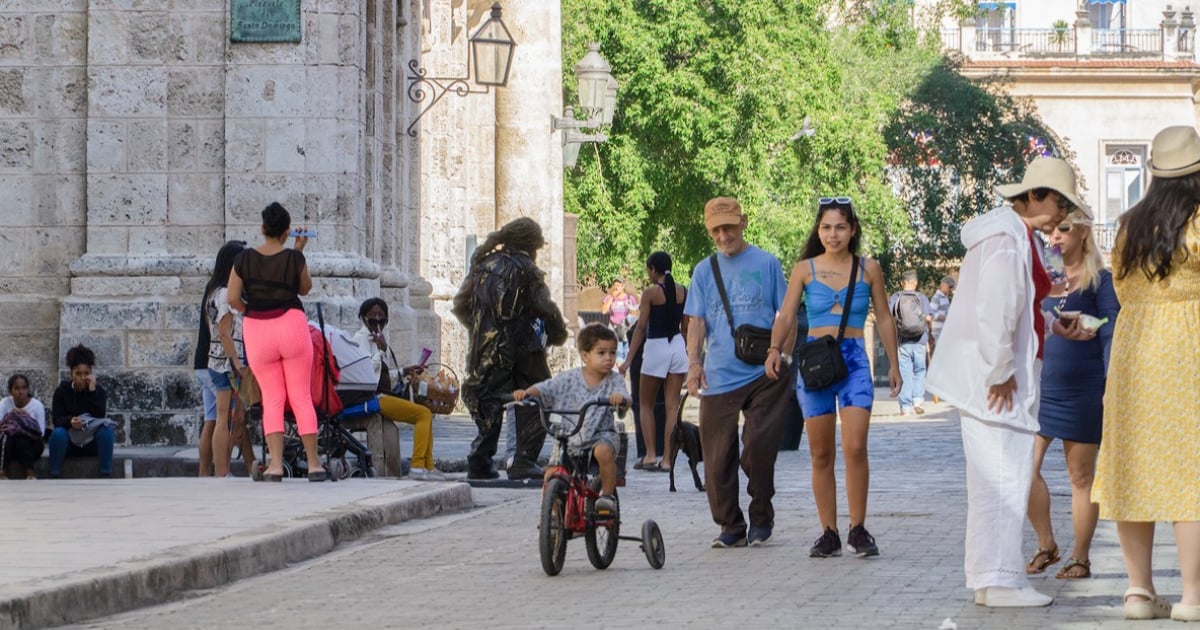In a recent announcement, the Cuban Academy of Language revealed the completion of a significant project that will lead to the inclusion of 100 Cuban expressions, or cubanismos, in the upcoming edition of the Spanish Language Dictionary (DLE), set for 2026. This initiative is part of a broader pan-Hispanic policy spearheaded by the Royal Spanish Academy (RAE) and its associated academies, aimed at showcasing the rich lexical diversity across Spanish-speaking nations.
According to Alexander Puente, a professor at the Faculty of Arts and Letters at the University of Havana and a member of the project team, the effort commenced with a list derived from the Dictionary of Americanisms, focusing on terms unique to Cuban Spanish. Following this, each term was meticulously verified and documented. Terms lacking sufficient backing were excluded, prompting a supplementary search for new words.
Documenting Cuban Vernacular
Lydia Castro, also a faculty member, emphasized that each selected word needed at least three written examples, preferably from press or literature, while avoiding informal sources like blogs, oral records, or erroneous texts. The collection includes both colloquial expressions and words with negative connotations, each appropriately marked for their contextual use.
One of the primary challenges was documenting orally used or region-specific words and aligning the work with current technological demands and pan-Hispanic linguistic standards. Roberto Méndez Martínez, a full member of the Cuban Academy, told the Cuban News Agency that the project merges traditional lexicographic rigor with modern digital tools, ensuring that the selected 100 terms meet academic standards while authentically representing Cuban speech.
Broader Implications for Cuban Language
The addition of these cubanismos not only acknowledges the rich and diverse nature of Cuban Spanish but also broadens the overall scope of the Spanish language and reaffirms the Cuban Academy's commitment to preserving and promoting national linguistic heritage within the global Spanish-speaking context.
This inclusion comes at a time when Cuban vernacular has garnered increasing public, academic, and media attention. Various initiatives in recent years have aimed to document or discuss the Spanish spoken on the island, exploring linguistic and social perspectives. A Cuban influencer recently went viral by cleverly showcasing typical Cuban expressions such as "mata'o," "facha'o," or "engancha'o." While these may not always be recognized in academic records, they vividly demonstrate the vitality of street Spanish, especially among the youth.
Writer María Luisa García Moreno argues that these forms arise from genuine communicative needs. "New generations will adopt a youthful slang, and yesterday's youth—now adults—will criticize them... That's just how life is," she says. However, this lexical vitality coexists with serious orthographic challenges.
Orthographic Challenges and Cultural Perceptions
A 2022 UNESCO study revealed that while Cuban primary school children can structure texts, they exhibit notable spelling deficiencies. Only 40% adhere to basic writing norms, highlighting underlying structural weaknesses in language education. This issue extends beyond academia, with spelling errors frequently appearing in formal public spaces—from television news subtitles to official government publications. In 2020, the Royal Spanish Academy corrected a tweet from the Cuban Presidency containing the misspellings "mamiobras" and "alrrededor."
Linguist Roxana Sobrino, based in Norway, has addressed the lack of awareness regarding speech registers, noting that many Cubans fail to adjust their language for formal contexts. This has contributed to the widespread—and sometimes unfair—perception of Cuban speech as vulgar or coarse.
Meanwhile, the Royal Spanish Academy has strengthened its ties with the Cuban institution. In 2020, its director, Santiago Muñoz Machado, met with Cuban leader Díaz-Canel in Havana. Although details of their meeting were not publicly disclosed, Muñoz Machado later praised the work of the Cuban Academy of Language as "admirable."
Frequently Asked Questions about Cuban Expressions in the DLE
What is the significance of adding Cuban expressions to the DLE?
Incorporating Cuban expressions into the DLE acknowledges the rich and diverse nature of Cuban Spanish, broadening the overall scope of the Spanish language and underscoring the Cuban Academy's commitment to linguistic heritage.
How were the Cuban expressions selected for inclusion?
The selection process involved verifying and documenting each term from a list derived from the Dictionary of Americanisms, focusing on terms unique to Cuban Spanish, and required at least three written examples for inclusion.
What challenges were faced in documenting Cuban expressions?
Challenges included documenting orally used or region-specific words, aligning with current technological demands, and meeting pan-Hispanic linguistic standards.
